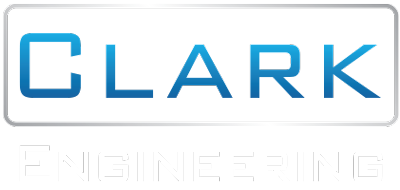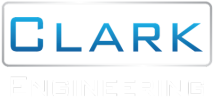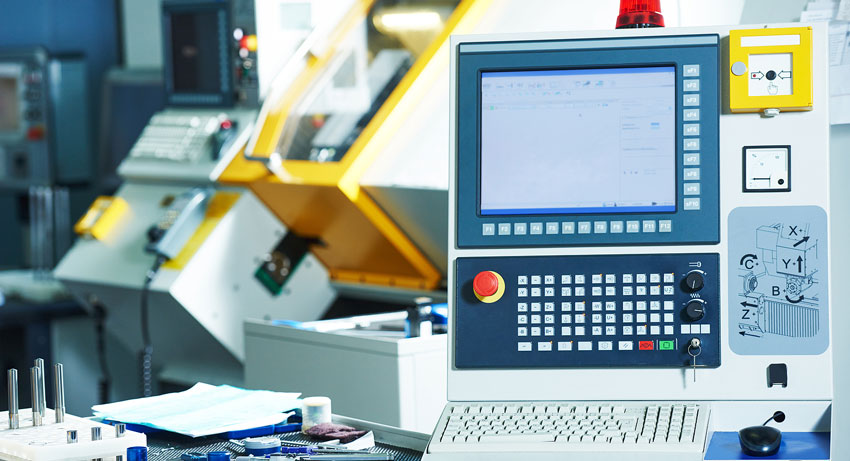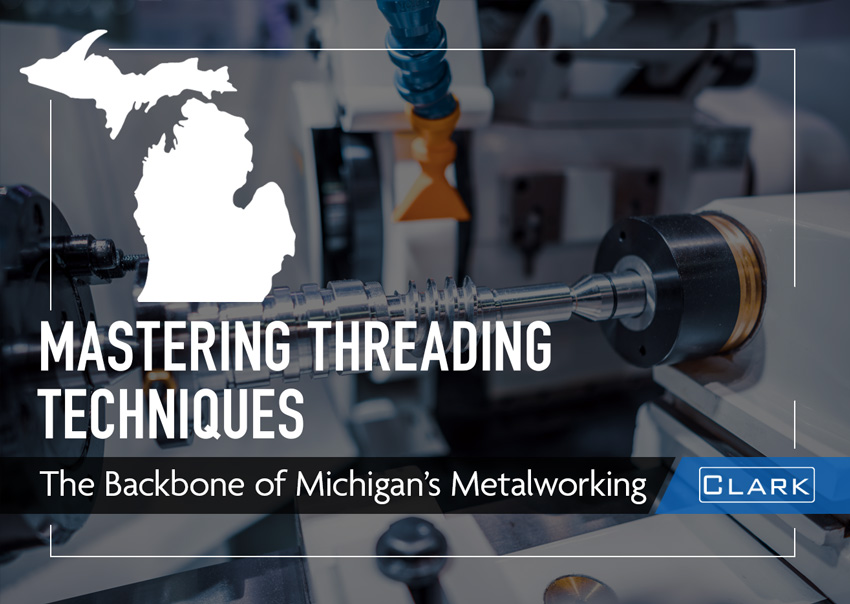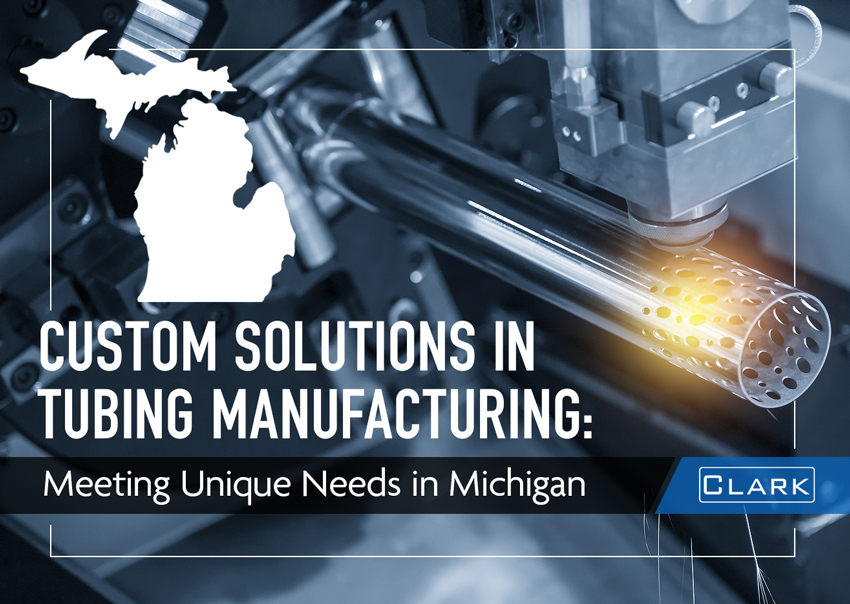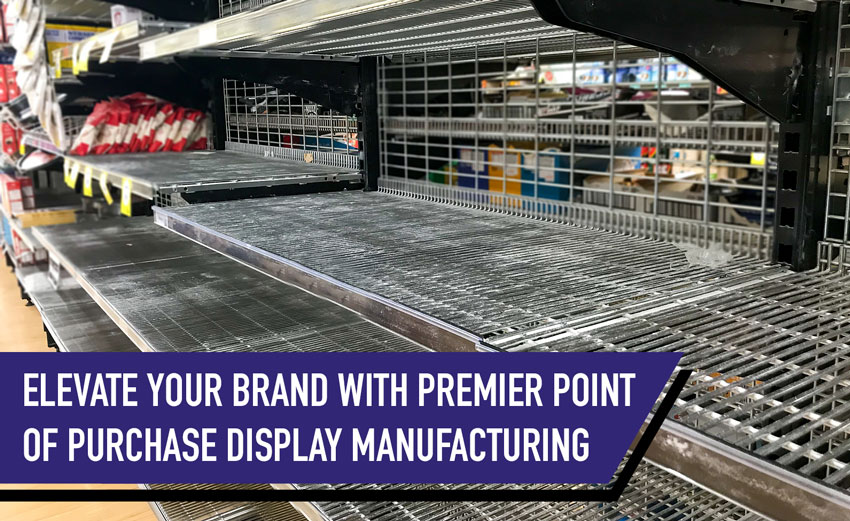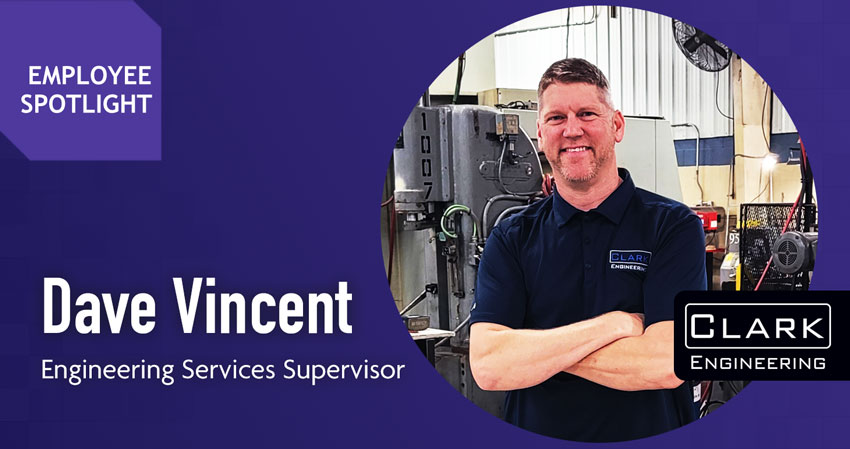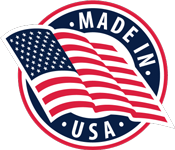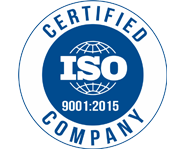Introduction
It’s 2024, and it has become common to use CNC machining tech for a variety of projects. In fact, it provides various benefits to companies that operate in multiple industries. When it comes to precision manufacturing, CNC machining is now a hallmark standard process.
What’s more is that CNC machine builder tools consist of a market that is valued at around $50 billion. This offers continuous innovations for players that want to dominate the market.
Keeping that in mind, let’s take a look at CNC machining trends and innovations that will continue to transform precision manufacturing for years to come.
On-Demand Instant Quoting and Manufacturing
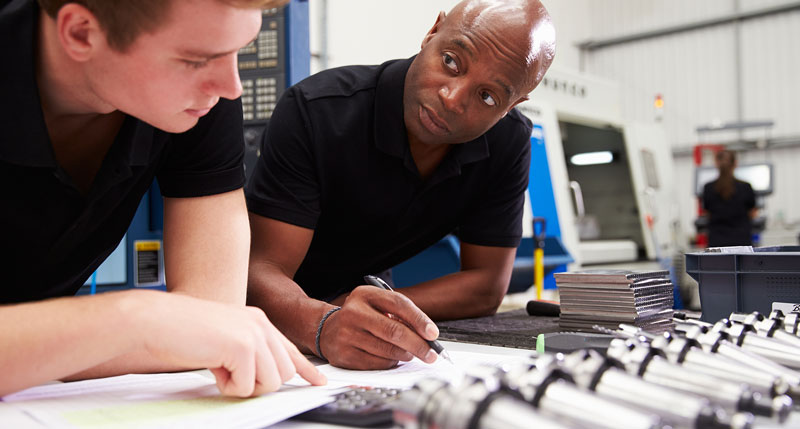
A manufacturing strategy famous as cloud manufacturing or on-demand manufacturing continues to evolve. In fact, it has managed to disrupt the entire supply chain landscape. What’s more is that it’s adoption has had significant acceleration partly because of China supply issues, the Ukraine war, and the COVID-19 pandemic crisis.
Understand that on-demand manufacturing highlights a unique production approach where manufacturers make products only when they’re demanded in a specific amount. Conversely, traditional manufacturing dictates having high-end in-house machines ready to drive production.
With on-demand manufacturing, companies can save a lot of capital investment, build resilience, and speed up the procurement process. There are many other factors, like reduced component costs for different CNC-machine parts. And when it contributes to widespread on-demand acceptance in manufacturing – it makes sense why on-demand manufacturing is kicking up the trends.
Major benefits of on-demand manufacturing revolve around reducing manufacturing costs and offering easy access to manufacturing resources. What’s more is that it offers agile operations because of faster procurement and higher availability of different manufacturing technologies.
CNC Manufacturing Hybridization and Additive Technologies
It is vital to note that addictive 3D printing and CNC machining are separate processes. CNC machines get rid of workpiece materials. It’s essentially the work principle that is different between the two. However, you can combine both processes for more efficiency.
A combination of machine builders continues to adopt hybrid manufacturing – this ties together with CNC milling, which turns to additive methods. Many companies now analyze “how” 3D printers and CNC machines can join forces to speed up the process to complete more projects and make production processes highly consistent.
This follows up with a dedicated CNC machine that completes the product. Manufacturers can now interchange machining and printing heads. There’s more flexibility and freedom to achieve more. It means you can manufacture complex geometries with utmost precision.
CNC Machining Improvement through Digital Twins
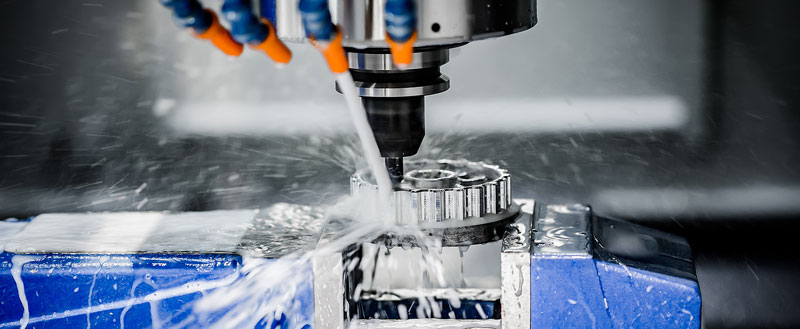
You can use digital twins to get a proper understanding of “how” processes and equipment are operating. For the most part, digital twins offer an accurate representation of their physical counterparts. Additionally, it features a simulation that allows you to display specific functions.
However, you can also use digital twins for more general purposes. They might even offer information on multiple processes at the same time. There is a lot of research around digital twins in the context of CNC manufacturing and how it can be part of the process from the planning stage to the model building to the machining stage to get proper feedback loops.
As a result, this model has been tested successfully on various new parameters. What’s amazing is that digital twin tech improves overall decision-making. It improves the process planners’ capability and empowers machine operators to assert better control over machining parameters across the machining stage and planning process.
Development of More Eco-Sustainable Solutions
CNC manufacturers can now easily track and lower the CO2 emissions that stem from their production processes and put in place solid supply chains to keep up with rising demand and maintain customer satisfaction. And the main thing is that it makes sure products that are manufactured revolve around an eco-friendly process.
With redoubled or altogether new takes to reduce CO2 by CNC machining companies, it doesn’t have to impact consumer demand. In fact, it helps these companies garner more support from the public, stick to corporate responsibility, and follow government regulations and laws.
More Automation Investments
CNC machining processes continue to have a positive influence thanks to automation. In fact, it has managed to open a lot of doors for more automation investments and make CNC machining processes more efficient than ever.
Automation revolves around individual machining. It often requires partnerships to develop advanced and highly efficient CNC machine systems through AI-powered integrations coupled with automated processes. Think of this as an error and trial correction approach that utilizes AI to its full extent so that companies can forecast disparities between the CNC machine’s command value and its present position.
All the accomplished test results highlight that this strategy’s accuracy is off the charts and shows 50% more precision than non-artificial intelligence solutions. More investments are a win-win and allow manufacturers to use new technologies to make machining processes more dynamic.
As a result, it saves significant resources and time “and” maintains quality results. Now this trend is headed for factory-level automation and the objective is to opt for light-out and productive factories. The benefits are quite straightforward – more savings on labor, more consistency, and more productivity.
Autonomous factories are already a reality. Expect more advanced camera-controlled AI-powered robotic components to unload and load CNC machines in an autonomous manner. This will allow factories to build more stations and make management processes of marking, packaging, and measuring straightforward.
Sum Up
The journey from theoretical analysis to real-time practice is often stretched out and requires more innovations than industry players realize. In any case, when you consistently bring more innovations to these work processes, it works wonders for precision manufacturing and CNC machining.
It is a fundamental need and responsibility for manufacturing players to make processes more innovative and leverage new solutions and trends so that there’s more access to products for customers.
It’s all about opting for the newest CNC machining innovations and trends to make a difference that breaks the fourth wall. From network impact on the economy to sustainability solutions to hybrid processes, the goal of manufacturing companies should be to strive to create more usable and accessible products.
